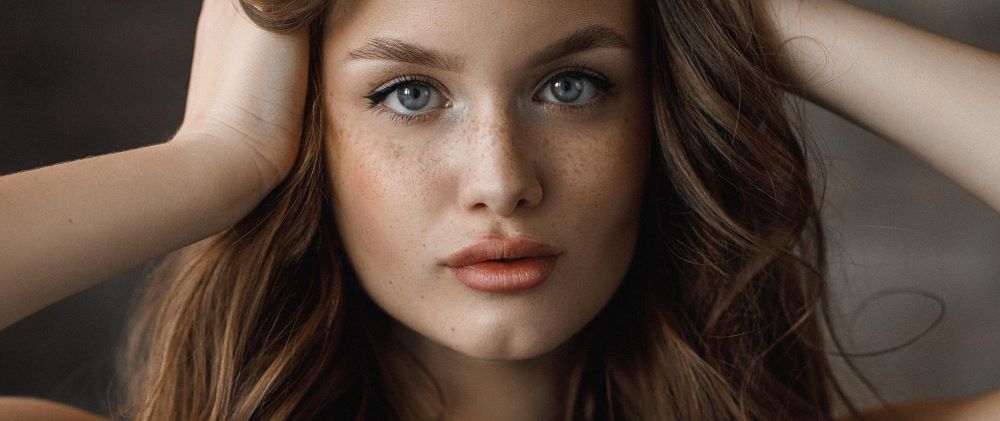Understanding Freckles
Before delving into the question of raised freckles, let’s first understand what freckles are. Freckles, also known as ephelides, are clusters of melanin, the pigment responsible for the color of our skin, hair, and eyes. They are most common in individuals with fair or light skin tones and tend to darken upon sun exposure.
Flat Freckles: The Norm
The majority of freckles are flat and appear as small, round or oval spots on the skin. They are typically uniform in color and texture, blending seamlessly with the surrounding skin. Flat freckles are not raised or elevated above the skin surface. Instead, they are simply areas where the skin has produced an increased amount of melanin.
Misconceptions about Raised Freckles
Occasionally, individuals may notice freckles that appear raised or have a different texture compared to the surrounding skin. This can lead to speculation about whether freckles can be raised. However, it is important to note that true freckles, which are caused by an increase in melanin production, do not typically have a raised appearance.
Seborrheic Keratosis: The Culprit
What people may mistake for raised freckles are often seborrheic keratoses, a common benign skin growth. Seborrheic keratoses are non-cancerous growths that can occur on various parts of the body, including areas prone to freckles. They can have a range of colors, from light tan to dark brown, and their texture can vary from rough to waxy or even warty.
Distinguishing Raised Freckles from Seborrheic Keratoses
Differentiating between raised freckles and seborrheic keratoses can be challenging, as they can share similar characteristics. However, there are a few key features that can help distinguish between the two:
- Texture: Freckles are generally smooth and flat, while seborrheic keratoses often have a rough or waxy texture.
- Color Variation: Freckles are typically uniform in color, while seborrheic keratoses can have different shades within the same growth.
- Size and Shape: Freckles are generally small, ranging from pinhead size to a few millimeters, while seborrheic keratoses can be larger and have irregular shapes.
- Evolution: Freckles tend to remain stable over time, whereas seborrheic keratoses may grow or change in appearance.
When in Doubt, Consult a Dermatologist
If you notice any skin growth or pigmented spot that concerns you, it is always advisable to consult a dermatologist. A dermatologist can perform a thorough examination and provide an accurate diagnosis. They can differentiate between raised freckles, seborrheic keratoses, and any other potential skin conditions, ensuring proper treatment or monitoring, if needed.
Read our article Tips for Drawing on Freckles
